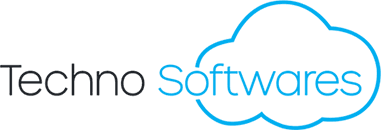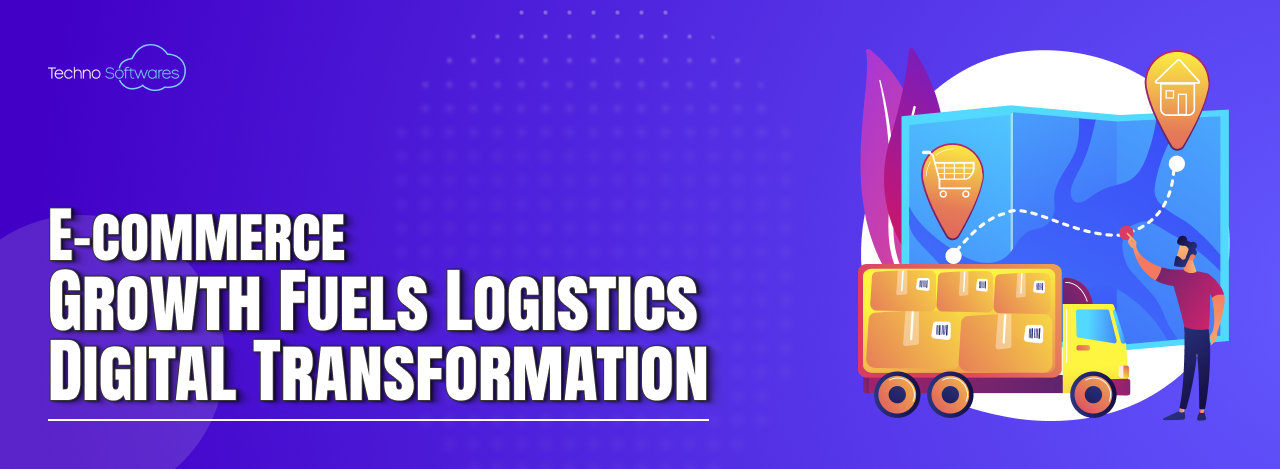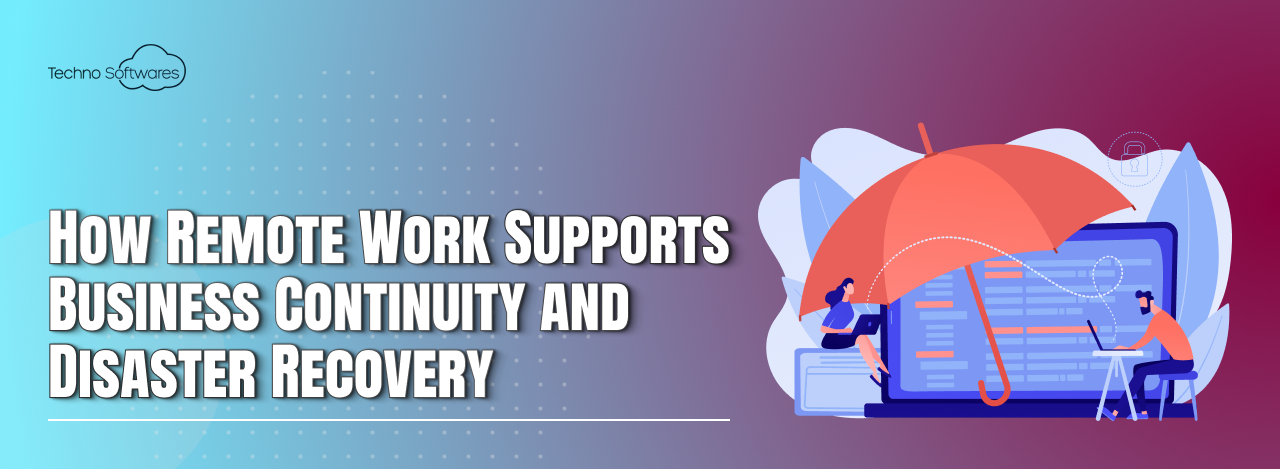How to Use Web Scraping for Competitive Market Analysis
Web scraping is a powerful technique that allows individuals and organizations to extract data from websites. This process involves using automated tools or scripts to gather information from web pages, which can then be analyzed for various purposes. The rise of the internet has led to an explosion of data available online, making web scraping an invaluable resource for businesses looking to gain insights into market trends, consumer behavior, and competitive landscapes.
By leveraging web scraping, companies can collect vast amounts of data that would otherwise be time-consuming and labor-intensive to gather manually. The technology behind web scraping has evolved significantly over the years. Initially, it was primarily the domain of programmers and data scientists who wrote custom scripts to extract information.
However, with the advent of user-friendly web scraping tools and platforms, even those with limited technical expertise can now harness the power of this technology. As a result, web scraping has become an essential component of data-driven decision-making in various industries, including e-commerce, finance, and marketing.
Key Takeaways
- Web scraping is the process of extracting data from websites using automated tools.
- Competitive market analysis involves gathering and analyzing data on competitors to make informed business decisions.
- Web scraping can provide valuable insights into competitor pricing, product offerings, and customer reviews.
- Choosing the right web scraping tool is crucial for efficient and accurate data extraction.
- Techno Softwares offers assistance with web scraping for competitive market analysis, ensuring compliance and ethical practices.
Understanding Competitive Market Analysis
Key Components of a Competitive Market Analysis
A comprehensive competitive market analysis typically includes several key components. First, it requires identifying direct and indirect competitors within the market. This involves not only recognizing established players but also emerging startups that may disrupt the industry.
Assessing Competitors’ Strategies
Next, businesses must assess competitors’ product offerings, pricing models, and customer engagement strategies. This analysis helps organizations pinpoint gaps in the market that they can exploit or areas where they need to improve their own offerings.
Benefits of a Thorough Competitive Market Analysis
Ultimately, a thorough competitive market analysis equips businesses with the insights necessary to navigate their industry effectively.
Benefits of Web Scraping for Competitive Market Analysis

Web scraping offers numerous advantages for conducting competitive market analysis. One of the most significant benefits is the ability to gather real-time data from multiple sources quickly. Traditional methods of data collection often involve manual research, which can be slow and prone to human error.
In contrast, web scraping automates this process, allowing businesses to access up-to-date information on competitors’ activities, pricing changes, and product launches almost instantaneously. Moreover, web scraping enables organizations to collect data at scale. Businesses can scrape vast amounts of information from various websites, including competitor sites, review platforms, and social media channels.
This comprehensive data collection provides a holistic view of the competitive landscape, allowing companies to identify trends and patterns that may not be apparent through smaller datasets. Additionally, the ability to analyze historical data over time can reveal shifts in market dynamics and consumer preferences, further enhancing strategic decision-making.
Choosing the Right Web Scraping Tool
Selecting the appropriate web scraping tool is crucial for successful data extraction and analysis. The market is flooded with various options, each offering unique features and capabilities. When choosing a web scraping tool, businesses should consider factors such as ease of use, scalability, customization options, and integration capabilities with existing systems.
For instance, some tools are designed for users with minimal technical skills and offer intuitive interfaces that allow users to set up scraping tasks without writing code. Others cater to more advanced users who require greater flexibility and control over their scraping processes. Additionally, businesses should evaluate whether the tool can handle dynamic websites that use JavaScript or AJAX for content loading, as these sites often present challenges for traditional scraping methods.
Ultimately, selecting the right tool can significantly impact the efficiency and effectiveness of the web scraping process.
Identifying and Selecting Competitor Data to Scrap
Once a web scraping tool has been chosen, the next step involves identifying which competitor data to scrape. This process requires a clear understanding of the specific information that will provide valuable insights into the competitive landscape. Common data points include product prices, descriptions, customer reviews, promotional offers, and social media engagement metrics.
To effectively select competitor data for scraping, businesses should first define their objectives for the competitive analysis. For example, if a company aims to monitor pricing strategies, it may focus on scraping product pages from competitor websites to track price fluctuations over time. Alternatively, if the goal is to assess customer sentiment, scraping reviews from platforms like Yelp or Trustpilot may be more relevant.
By aligning data selection with strategic objectives, organizations can ensure that their web scraping efforts yield actionable insights.
Setting Up Web Scraping Parameters
Setting up web scraping parameters is a critical step in ensuring that the data collected is relevant and accurate. This process involves configuring various settings within the chosen web scraping tool to define how data will be extracted from target websites. Key parameters include specifying the URLs to scrape, determining which HTML elements contain the desired data, and establishing any necessary filters or conditions.
For instance, when scraping an e-commerce site for product information, users may need to identify specific HTML tags that contain product names, prices, and descriptions. Additionally, it may be beneficial to set up pagination parameters if the target site has multiple pages of products. Properly configuring these parameters not only enhances the quality of the scraped data but also minimizes the risk of collecting irrelevant or duplicate information.
Analyzing and Organizing Scraped Data
After successfully scraping competitor data, the next step is analyzing and organizing this information for meaningful insights. Raw scraped data often requires cleaning and structuring before it can be effectively utilized. This may involve removing duplicates, standardizing formats (such as currency or date formats), and categorizing data into relevant segments.
Data analysis techniques can vary depending on the objectives of the competitive market analysis. For example, businesses may employ statistical methods to identify trends in pricing or use sentiment analysis tools to gauge customer opinions based on scraped reviews. Visualization tools can also play a crucial role in presenting findings in an easily digestible format.
By organizing and analyzing scraped data effectively, organizations can derive actionable insights that inform strategic decisions.
Utilizing Scraped Data for Competitive Insights
The ultimate goal of web scraping for competitive market analysis is to leverage the collected data for strategic insights that drive business growth. Companies can use this information to benchmark their performance against competitors, identify market gaps, and refine their marketing strategies. For instance, if a business discovers that a competitor has recently lowered prices on a popular product line, it may choose to adjust its pricing strategy accordingly or enhance its value proposition through improved customer service or product features.
Additionally, insights gained from scraped data can inform product development efforts. By analyzing customer reviews and feedback on competitors’ products, businesses can identify common pain points or desired features that they may want to incorporate into their own offerings. This proactive approach not only helps companies stay competitive but also fosters innovation by aligning product development with actual consumer needs.
Automation and Monitoring of Web Scraping
Automation is a key advantage of web scraping that allows businesses to continuously monitor competitor activities without manual intervention. Many modern web scraping tools offer scheduling features that enable users to set up automated scraping tasks at regular intervals. This capability ensures that organizations have access to fresh data without dedicating significant resources to ongoing manual scraping efforts.
Moreover, automated monitoring can alert businesses to significant changes in competitor behavior or market conditions. For example, if a competitor launches a new product or implements a major pricing change, automated alerts can notify relevant teams within an organization so they can respond swiftly. This level of agility is essential in today’s fast-paced business environment where timely insights can make all the difference in maintaining a competitive edge.
Ensuring Compliance and Ethical Web Scraping Practices
While web scraping offers numerous benefits for competitive market analysis, it is essential for businesses to adhere to legal and ethical guidelines when collecting data from websites. Many websites have terms of service that explicitly prohibit automated data extraction or impose restrictions on how their content can be used. Violating these terms can lead to legal repercussions or being banned from accessing certain sites.
To ensure compliance with legal standards and ethical practices, organizations should familiarize themselves with relevant laws such as the Computer Fraud and Abuse Act (CFAA) in the United States or similar regulations in other jurisdictions. Additionally, businesses should consider implementing measures such as respecting robots.txt files (which indicate which parts of a site can be crawled) and avoiding excessive requests that could disrupt website performance. By prioritizing ethical web scraping practices, companies can build trust with both competitors and consumers while safeguarding their own reputations.
How Techno Softwares Can Assist with Web Scraping for Competitive Market Analysis
Techno Softwares stands out as a leading provider of web scraping solutions tailored specifically for competitive market analysis. With a suite of advanced tools designed for ease of use and efficiency, Techno Softwares empowers businesses to harness the full potential of web scraping without requiring extensive technical expertise. One of the key advantages of using Techno Softwares is its robust support system that guides users through every step of the web scraping process—from selecting appropriate data points to setting up automated tasks for ongoing monitoring.
The platform’s user-friendly interface allows users to configure scraping parameters effortlessly while ensuring compliance with ethical standards. Furthermore, Techno Softwares offers customizable solutions that cater to specific industry needs, enabling organizations to extract relevant insights that drive strategic decision-making. In addition to its powerful scraping capabilities, Techno Softwares provides comprehensive analytics tools that help businesses make sense of their scraped data.
With features such as real-time reporting and visualization options, organizations can easily interpret complex datasets and derive actionable insights that inform their competitive strategies. By partnering with Techno Softwares for web scraping needs, businesses can gain a significant advantage in understanding their competitive landscape while maintaining ethical practices in data collection.
If you are interested in learning more about how Techno Softwares can assist you in gathering and analyzing competitor data for your business strategies, check out their blog post on 10 Best Mobile App Development Tools You Need to Know. This article provides valuable insights into the tools and techniques that can help you stay ahead in the competitive market landscape. Additionally, Techno Softwares also offers tips on how to optimize your WordPress website speed and performance in their blog post Optimize WordPress Website Speed and Performance. Stay informed about the latest trends in AI and machine learning by reading their article on The Future of AI Agents: How AI and Machine Learning Are Changing the Game.
Get Scraping Service (FREE Demo)
FAQs
What is web scraping?
Web scraping is the process of extracting data from websites. It involves using automated tools to gather information from web pages and then organizing and analyzing that data for various purposes.
How can web scraping be used for competitive market analysis?
Web scraping can be used to gather data on competitors’ products, pricing, customer reviews, and marketing strategies. This information can then be analyzed to identify market trends, consumer preferences, and competitive advantages.
What are the benefits of using web scraping for competitive market analysis?
Using web scraping for competitive market analysis allows businesses to gain insights into their competitors’ strategies, pricing, and customer sentiment. This information can inform business decisions, such as pricing strategies, product development, and marketing campaigns.
How can Techno Softwares help with web scraping for competitive market analysis?
Techno Softwares offers web scraping services to help businesses gather and analyze competitor data. Their team of experts can create custom web scraping tools to collect specific data points and provide in-depth analysis to inform business strategies.





